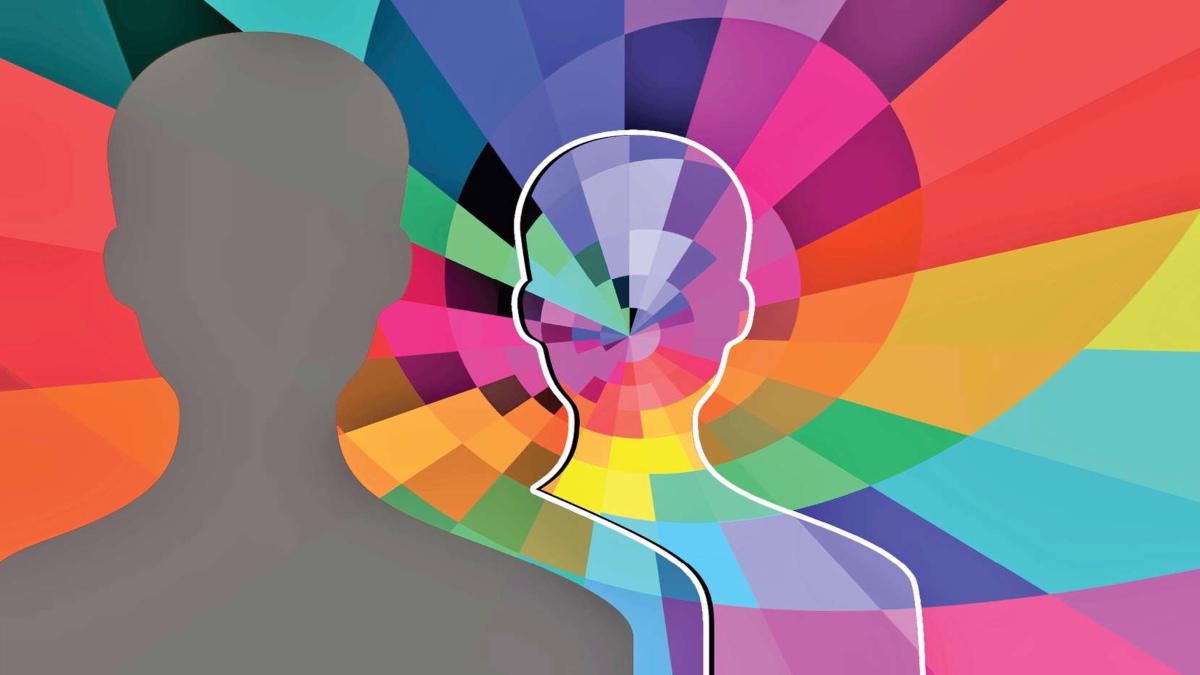


The essence of problems that many of us face is that we have two selves, and their interests do not always coincide.
One is the sense of self acquired over time. As soon as we are born, we are surrounded by instructions and information and experiences that slowly build an identity with which we navigate life. From parents, teachers, and peers, we learn ‘who’ we are in terms of our gender, our abilities, our weaknesses and our predispositions.
This acquired self is largely a matter of memories that have become recorded in the brain, often without our conscious awareness. The recording is vital for negotiating life. It enables us to respond moment by moment to the circumstances in which we find ourselves, as individuals. In psychology, it is called the ego self. It is a constructed self. This ‘persona’ can be egotistical, demanding, negative, but it can also be healthy and positive. Just as we need a body, we need some sense of identity to play our parts on the stage of life, rather as an actor needs a ‘back story’ as well as a costume.
However, there is also a deeper or higher self, the soul. This identity is independent of gender and in its highest form, independent of abilities and weaknesses. This higher self has intrinsic positive energies such as love, peace, joy, playfulness, and generosity of spirit. This is true of each one of us. It is who we really are, but it becomes covered with layers of the more limited sense of identity.
Problems arise when memories of loss and hurt, often experienced early in life when we are very helpless, emerge from our subconscious and influence how we respond to people and situations. They cause us to lose faith and trust in ourselves, and others, without good cause. These tendencies are often put in place as a protection against sorrow. They are defensive habits, which we develop to try to avoid further pain. But because we often suppress our awareness of them, they emerge inappropriately, distorting the way we see the world, causing confusion, and limiting our capacity to love and prosper.
So, how do we become free from these false perceptions? The secret lies in accessing our true, divine self. Rajyoga teaches us self-realisation, and through that, how to connect and fill with the power of truth from God. With this strength, we become able to bypass the conditioning in the brain, which limits us. We experience our intrinsic, beautiful qualities of spirit, and learn to bring those qualities into everyday life with authenticity and dignity.
Neville Hodgkinson is a UK-based author and journalist, and a long-time student of Rajyoga.